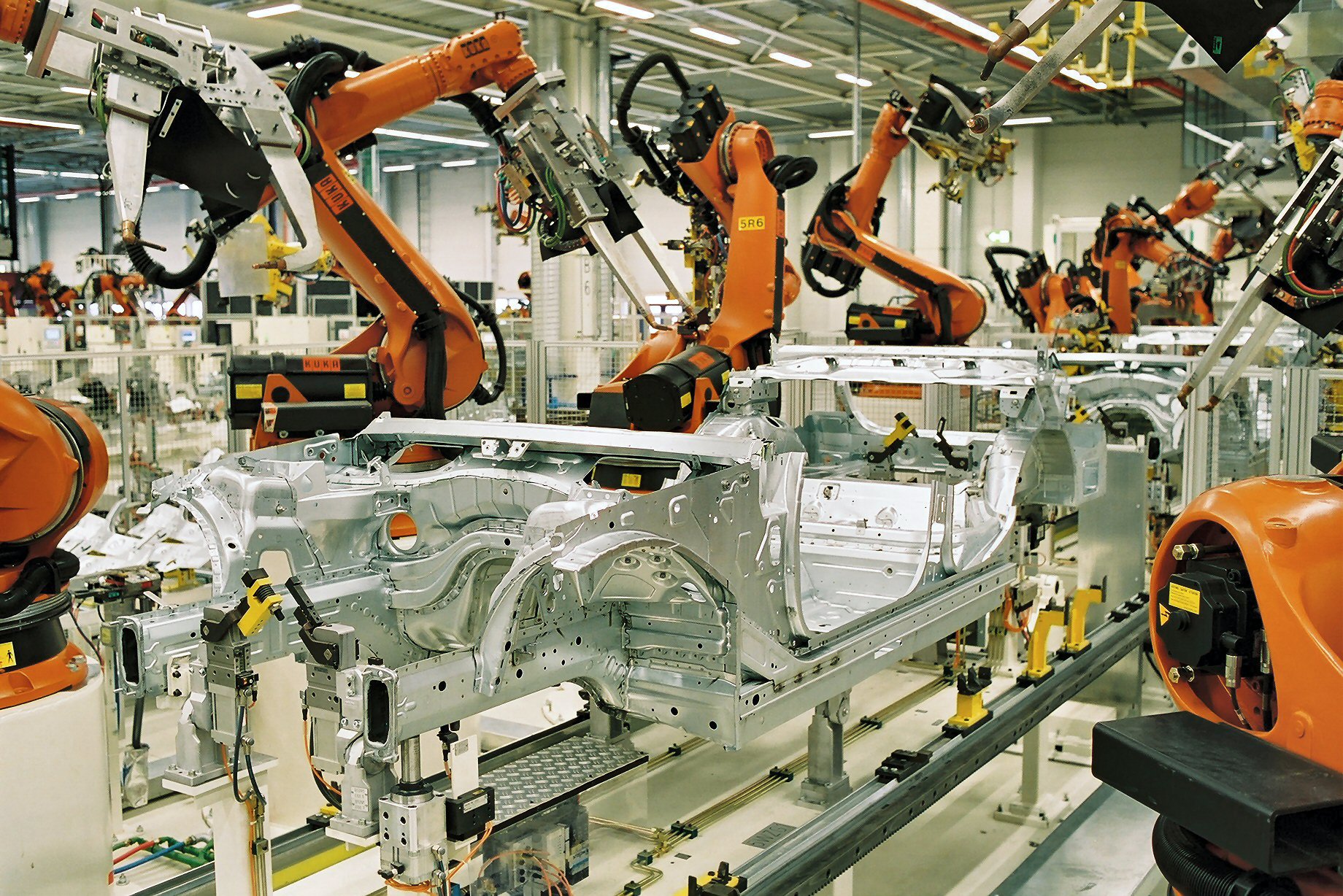In early years, supply chains were negotiating & procuring materials from suppliers, manufacturing goods, sell and ship goods. But today, is it only that? Supply chain has gone for a major transformation from what it was to what is it today. This is mainly due to the different challenges that we face, the new obstacles and barriers that we come across, the geo-political tensions and most importantly the ever-changing technological advances. So, the question that every organization faces today is do we know what is coming up and are we ready for it?
Supply chains have its own set of challenges from primitive times:
a. Production disruptions – either due to unavailability of raw materials or shortage of machines or manpower
b. Workforce or labor challenges – unavailability of trained workforce or labor rate fluctuations
c. Third party dependencies on major supply chain activities
d. Logistics disruptions in terms of unavailability or rate fluctuations, pandemic driven disruptions and even disruptions for geo-political tensions
e. Commodity pricing fluctuations- Increase or decrease in component prices has made product pricing and sales a major struggle
This is not all, the ever-changing technological advances has made it even tough for organizations to standardized product lines or move up the value chain.
The few areas that come to our mind for resolution include:
i. Forecasting accuracy to determine manufacturing and stock levels over a period of time
ii. Overcoming downstream effects caused by delays from one partner/supplier
iii. Safeguard against delays by always maintain reasonable levels of buffer stocks
iv. Engage with other manufacturers/suppliers for specialty product components
v. Keeping up with customers changing requirements and their buying patterns
vi. Information flow between all divisions of the organization to ensure quick or rapid action in case of a glitch or blockage
But is that all? No, there are many more, and the list is never ending. Some organizations look at only resolving challenges where they invest in data analytics, work with experts and have backups to backups. Some others go one step up and look at global climate change, resource scarcity, shifting consumer demands and mixed signals on trade & transparency. But the mature organizations do not restrict themselves to these, they move from a transactional approach to a transformational approach where they look at trends & challenges and formulate strategies to keep up with the changing world scenarios.
Now to look at what are the recent trends in supply chain :
1. Digitization of information with cloud-based solutions so that they are available to all as required. As a part of this, organizations today look to streamline their IT applications into cloud based solutions so as to be available for all.
2. Segmentation of the supply chain wherein there are separate strategies and execution models for separate segments. e.g. – a hard drive and a pen drive manufactured by the same organization follows a different strategy in terms of sales, stock positions or manufacturing effectiveness.
3. Increased focus on Sustainability – Amid massive supply chain disruptions, companies are increasingly prioritizing sustainability and circularity to eliminate ‘take, make, waste’ and support better agility
4. Risk Management & Resiliency – The ability of the organization to mitigate risks so as to be stable even in uncertain times
5. Strengthened Relationships – Ability to have a bonding both with the customer as well as with the supplier or contract manufacturer
6. Artificial Intelligence & Automation – supply chains are leveraging AI/ ML to deliver self-curating capabilities, what if analysis as well as automation capabilities to sense, shape demand signals.
To achieve this, we would need supply chain leaders to facilitate and improve business processes by providing technology that enables best practices by technological improvements. The leaders would need:
a. Leadership skills to drive a set or individuals or organizations towards advancements in processes or technology
b. Business Acumen to understand market trends and challenges
c. Global mindset to think supply chain both geographically and end to end
d. Analyze data for performance improvement
e. Relationship building with vendors, key stakeholders, and influencers
f. Navigate in the new normal to balance inventory holding costs vs. service levels for customers
This characteristic enables leaders to be transformational who communicate high level of belief & confidence in the group’s ability, show concern for people, promote cooperation in team and beyond and model desired behaviors for performance upliftment.
Now the next question is, do we have such leaders who are transformational and not transactional? That will decide whether yes, we are ready for the supply chain of today or no we are not? Organizations who would have had such leaders are ready for the transformation. Are you in it? Is your organization ready for it? Does it have all the required tools & ammunition ready to take it on? That is the most important question in today’s supply chain.










